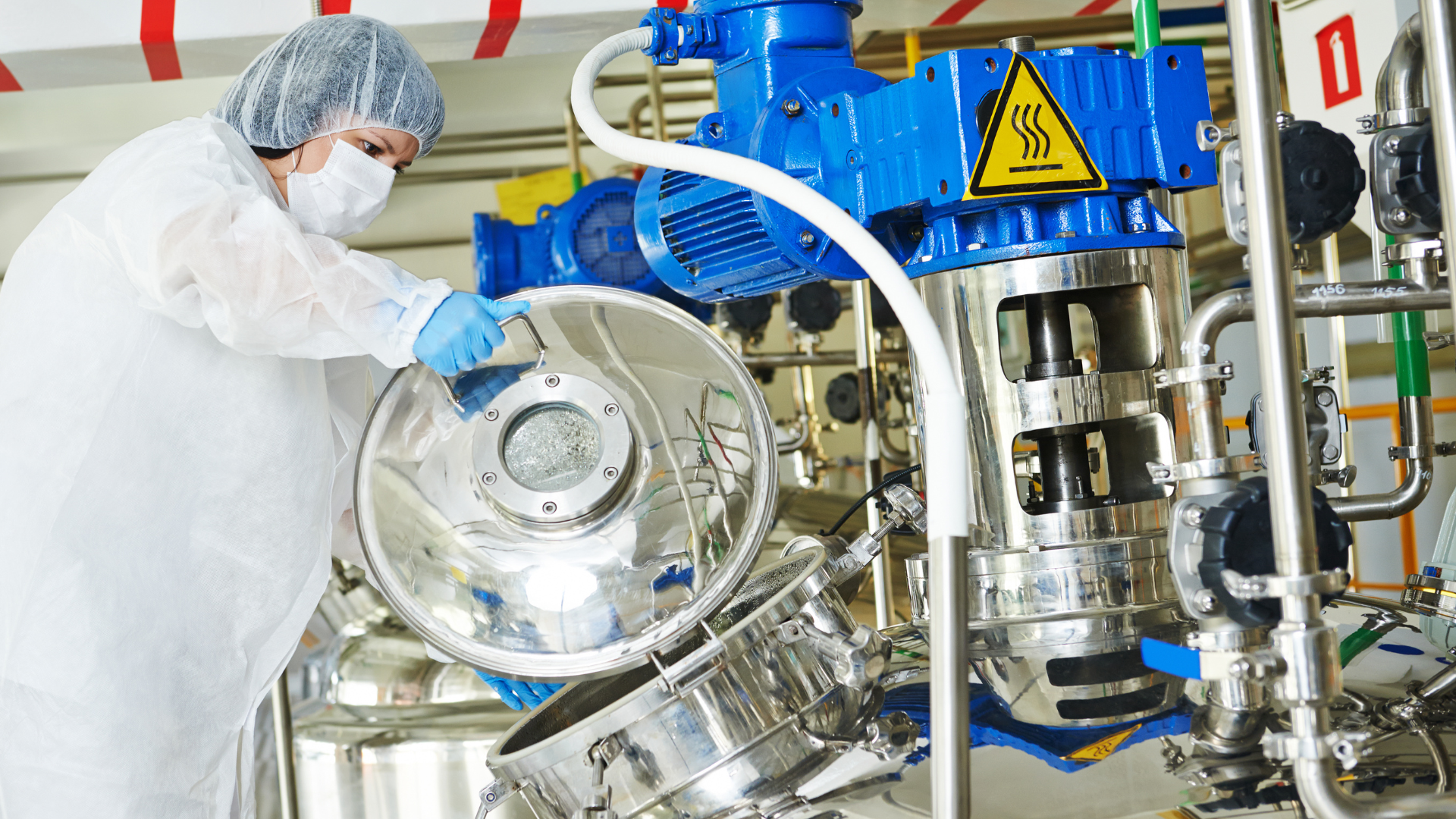What Is Mixing Equipment? A Beginner’s Guide to Industrial Blending Solutions
What Is Mixing Equipment? A Beginner’s Guide to Industrial Blending Solutions
Mixing equipment is a cornerstone of industrial manufacturing, ensuring consistent product quality across various sectors. From pharmaceuticals to food processing, the right blending solutions are crucial for efficient and effective production. This guide delves into the essentials of industrial mixing equipment, helping beginners understand its significance, types, and applications.

Understanding Industrial Mixing Equipment
Industrial mixing equipment refers to machinery designed to combine two or more substances into a homogeneous mixture. These machines are vital in processes where uniformity and consistency are paramount, such as in chemical reactions, food production, and pharmaceutical formulations. By ensuring even distribution of components, mixing equipment enhances product quality and process efficiency.
Key Components of Mixing Equipment
At the heart of mixing equipment are several critical components:
- Mixing Vessel: The container where substances are combined.
- Agitator or Impeller: The moving part that stirs the contents, promoting uniformity.
- Gear Motor: Powers the agitator, determining the speed and intensity of mixing.
- Control System: Allows operators to adjust parameters like speed, blend time, and temperature.
Understanding these components helps in selecting equipment tailored to specific industrial needs.
Types of Industrial Mixing Equipment
Various mixing equipment types cater to different applications:
- Agitators: Ideal for low-viscosity liquids, ensuring gentle mixing.
- Paddle Mixers: Suitable for dry solids and pastes, providing thorough blending.
- Ribbon Blenders: Efficient for mixing powders and granules.
- High-Shear Mixers: Used for emulsifying and homogenizing substances.
- Planetary Mixers: Handle high-viscosity materials like doughs and adhesives.
Each type offers unique advantages, making them suitable for specific industrial processes.
Applications Across Industries
Mixing equipment finds applications in numerous industries:
- Pharmaceuticals: For blending active ingredients and excipients.
- Food and Beverage: Mixing ingredients for consistent taste and texture.
- Chemicals: Combining reactants for desired chemical reactions.
- Cosmetics: Ensuring uniformity in creams and lotions.
- Mining: Leaching of precious metals from ores.
- Pulp & Paper: Ensuring uniformity and water consistency in pulp stock.
- Water & Wastewater Treatment: Suspension of waste sludges for dewatering as well as sanitizing/purifying drinking water.
Selecting the right mixer ensures product quality and process efficiency across these sectors.
Factors to Consider When Choosing Mixing Equipment
When selecting mixing equipment, consider the following:
- Viscosity of Materials: High-viscosity materials require robust mixers.
- Density: Impacts mixer power and torque.
- Batch Size: Determine the volume to select appropriately sized equipment.
- Process Requirements: Consider temperature control, pressure, and blend time.
- Cleaning and Maintenance: Ease of cleaning is crucial, especially in the food and pharmaceutical industries.
Evaluating these factors ensures optimal equipment performance and longevity.
Maintenance and Safety Considerations
Regular maintenance of mixing equipment is essential for safety and efficiency:
- Routine Inspections: Check for wear and tear, especially on moving parts.
- Lubrication: Ensure all moving components are adequately lubricated.
- Cleaning Protocols: Follow industry-specific cleaning procedures to prevent contamination.
- Safety Checks: Verify that safety guards and emergency stops are functional.
Adhering to maintenance schedules prolongs equipment life and ensures safe operation.
Innovations in Mixing Technology
Advancements in technology have led to smarter mixing solutions:
- Automated Controls: Allow precise adjustments and monitoring.
- Energy-Efficient Motors: Reduce power consumption without compromising performance.
- Modular Designs: Facilitate easy upgrades and customization.
- Integration with IoT: Enables real-time data collection and remote monitoring.
Staying updated with these innovations can enhance production efficiency and product quality.
Real-World Scenario: Mixing in the Industry
Consider a salad dressing, toothpaste, or cosmetics manufacturing company aiming for consistent texture. By implementing a high-shear mixer, they achieve uniform emulsification of oil- and water-based ingredients, ensuring product consistency across batches. This not only improves customer satisfaction but also reduces waste due to batch inconsistencies.
Conclusion
Understanding and selecting the right mixing equipment is vital for industrial success. By considering factors like material properties, process requirements, and technological advancements, businesses can enhance product quality and operational efficiency.
For more insights on industrial mixing solutions, explore our related articles:
- A Comprehensive Guide to Mixing Tanks and Industrial Mixers
- The Ultimate Guide to Industrial Mixers
- 7 Common Types of Industrial Mixers
If you have questions or need assistance in selecting the right mixing equipment for your operations, feel free to reach out to our team.

